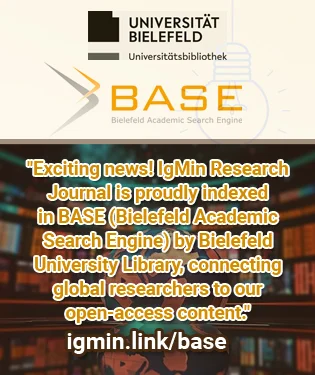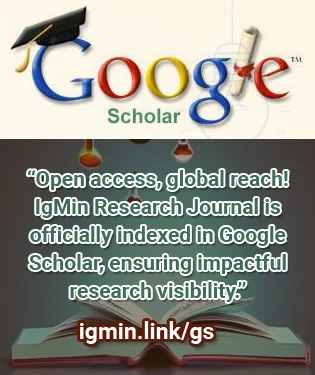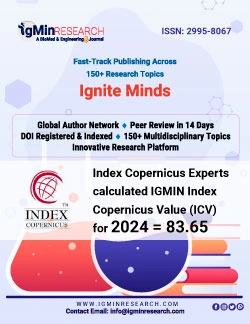Abstract
The increasing integration of Artificial Intelligence (AI) in various industries has led to concerns about how these systems can perpetuate discrimination, particularly in fields like employment, healthcare, and public policy. Multiple academic and business perspectives on AI discrimination, focusing on the need for global policy coordination and ethical oversight to mitigate biased outcomes, ask for our technical innovators to create contingencies that will better protect humanity’s experience with AI’s ever-expanding reach. Central to the key constructs such as biased datasets, algorithmic transparency, and the global governance of AI systems can function as a harmful drawback to these systems. Without adequate data governance and transparency, AI systems can perpetuate discrimination.
AI's ability to discriminate stems primarily from biased data and the opacity of machine learning models, necessitating proactive research and policy implementation on a global scale. These frameworks must transcend the limitations of the experiences or perspectives of their programmers to ensure that AI innovations are ethically sound and that their use in global organizations adheres to principles of fairness and accountability. This synthesis will explore how these articles advocate for comprehensive, continuous monitoring of AI systems and policies that address both local and international concerns, offering a roadmap for organizations to innovate responsibly while mitigating the risks of AI-driven discrimination.







